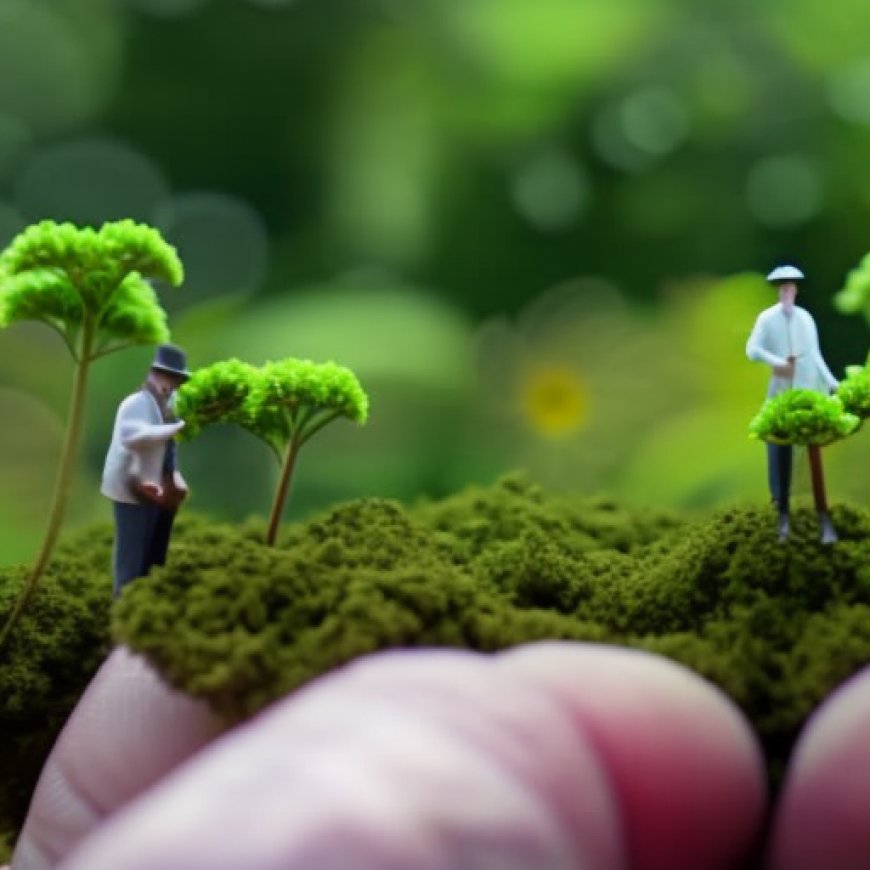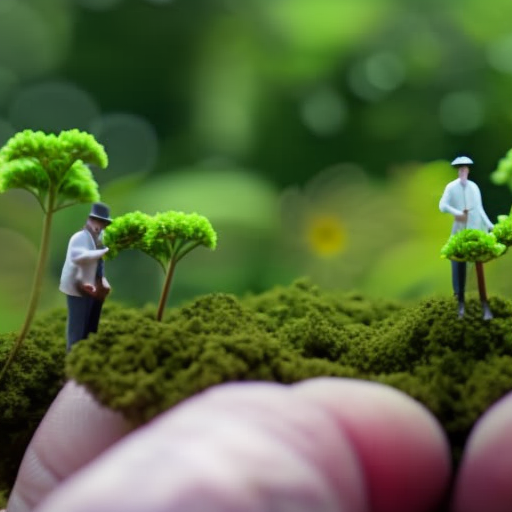Gardening and climate change
Gardening and climate change | Home Garden | newsitem.com News Item


Climate Change and Its Impact on Pennsylvania Gardeners

Introduction
Most climate scientists agree that climate change is upon us. The 2023 year was the hottest on record, and many parts of the world saw record-breaking heat waves. Commercial agriculture will certainly see significant challenges, but what about gardeners? What can we expect as Pennsylvania gardeners, and how should we prepare?
Causes of Climate Change
Let’s first quickly review what we know of the causes. Greenhouse gases (GHGs) are components of the Earth’s atmosphere that allow sunlight to enter but trap the heat it generates after reaching and warming the surface. The most important GHGs are carbon dioxide and methane gas, both of which naturally cycle through the growth and decay of vegetation. For thousands of years, their concentration in the atmosphere remained steady. However, in the past 70 years, it has become increasingly clear that using fossil fuels such as coal and oil has changed the balance of GHGs in the atmosphere. Carbon dioxide has risen from 280 ppm around the year 1800 to 420 ppm this year, and methane concentrations have more than doubled. As a consequence, the Earth has warmed a bit more than 2°F since 1850, with variations in different parts of the world. In Pennsylvania, average temperatures have risen 2°F since 1900, mainly due to warmer winters according to the National Oceanic and Atmospheric Administration (NOAA).
Implications for Pennsylvania Gardeners
- Warmer temperatures: With the overall rise in temperatures, Pennsylvania gardeners can expect longer growing seasons and potentially higher yields for certain crops.
- Extreme weather events: Climate change is also associated with an increase in extreme weather events such as heavy rainfall, storms, and droughts. Gardeners will need to adapt their gardening practices to cope with these challenges.
- Changes in pest populations: Rising temperatures can lead to changes in pest populations, potentially affecting the health and productivity of garden plants. Gardeners may need to implement new pest management strategies.
- Water availability: Changes in precipitation patterns can impact water availability for gardening. Gardeners may need to explore water conservation techniques and efficient irrigation methods.
- Biodiversity loss: Climate change can also contribute to biodiversity loss. Gardeners can play a role in promoting biodiversity by planting native species and creating habitats for pollinators.
Preparing for the Future
- Education and awareness: Pennsylvania gardeners should stay informed about climate change and its implications for gardening. They can participate in workshops and training programs focused on sustainable gardening practices.
- Adopting sustainable practices: Gardeners can contribute to the achievement of Sustainable Development Goals (SDGs) by adopting sustainable gardening practices. These may include organic gardening, composting, using renewable energy sources, and reducing water usage.
- Collaboration and knowledge sharing: Gardeners can collaborate with local communities, organizations, and researchers to share knowledge and experiences related to climate-resilient gardening. This can help in developing innovative solutions and adapting to changing conditions.
- Advocacy and policy support: Gardeners can advocate for policies that promote sustainable agriculture and address climate change. They can engage with local policymakers and join gardening associations to amplify their voices.
SDGs, Targets, and Indicators
1. Which SDGs are addressed or connected to the issues highlighted in the article?
- SDG 13: Climate Action
The article discusses climate change and its impact on gardeners, highlighting the challenges they may face due to record-breaking heat waves and rising temperatures. This aligns with SDG 13, which focuses on taking urgent action to combat climate change and its impacts.
2. What specific targets under those SDGs can be identified based on the article’s content?
- Target 13.1: Strengthen resilience and adaptive capacity to climate-related hazards and natural disasters
- Target 13.3: Improve education, awareness-raising, and human and institutional capacity on climate change mitigation, adaptation, impact reduction, and early warning
The article emphasizes the need for gardeners to prepare for the challenges posed by climate change. This aligns with Target 13.1, which focuses on building resilience and adaptive capacity to climate-related hazards. Additionally, the article suggests that gardeners should be aware of climate change and its impacts, indicating a connection to Target 13.3.
3. Are there any indicators mentioned or implied in the article that can be used to measure progress towards the identified targets?
- Indicator 13.1.1: Number of deaths, missing persons, and directly affected persons attributed to disasters per 100,000 population
- Indicator 13.3.1: Number of countries that have integrated mitigation, adaptation, impact reduction, and early warning into primary, secondary, and tertiary curricula
The article does not explicitly mention any indicators. However, Indicator 13.1.1 can be used to measure progress towards Target 13.1 by tracking the number of deaths, missing persons, and directly affected persons attributed to climate-related disasters. Indicator 13.3.1 can measure progress towards Target 13.3 by assessing the number of countries that have integrated climate change education into their curricula.
4. SDGs, Targets, and Indicators
| SDGs | Targets | Indicators |
|---|---|---|
| SDG 13: Climate Action | Target 13.1: Strengthen resilience and adaptive capacity to climate-related hazards and natural disasters | Indicator 13.1.1: Number of deaths, missing persons, and directly affected persons attributed to disasters per 100,000 population |
| Target 13.3: Improve education, awareness-raising, and human and institutional capacity on climate change mitigation, adaptation, impact reduction, and early warning | Indicator 13.3.1: Number of countries that have integrated mitigation, adaptation, impact reduction, and early warning into primary, secondary, and tertiary curricula |
Behold! This splendid article springs forth from the wellspring of knowledge, shaped by a wondrous proprietary AI technology that delved into a vast ocean of data, illuminating the path towards the Sustainable Development Goals. Remember that all rights are reserved by SDG Investors LLC, empowering us to champion progress together.
Source: newsitem.com

Join us, as fellow seekers of change, on a transformative journey at https://sdgtalks.ai/welcome, where you can become a member and actively contribute to shaping a brighter future.







